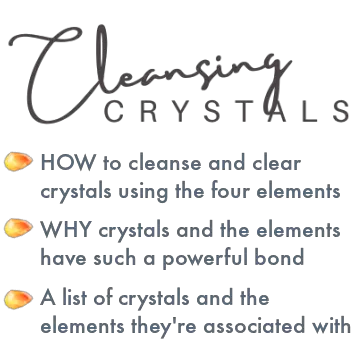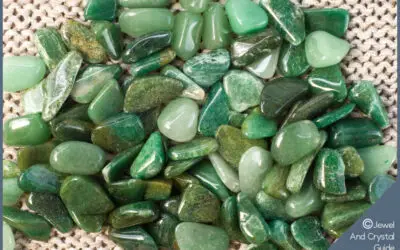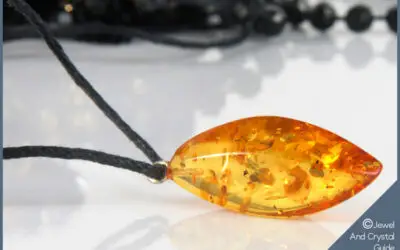Many people wonder what amber really is, and I’ll be the first to admit that this can be confusing. So let’s clear things up:
Amber is resin that fell from trees and fossilized over millions of years. It is not a crystal or a mineral, but it’s often called a gemstone because we use it in jewelry. Amber ranges in color from pale yellow to deep orange-brown, and it can contain ancient plants, insects, or animals.
But amber is so much more than this. Let’s uncover out how it forms, why it isn’t a crystal (or mineral), and what makes it so valuable anyway.
In this blog post, you’ll discover:
- How amber forms
- Why amber is not a crystal or mineral
- How amber is classified and why
- Where amber is found
- Why amber can have plants and insects in it
How amber forms
When trees get cut or damaged, some of them release a sticky substance called resin to defend themselves against insects and germs. The resin stops germs and insects from getting inside the tree and damaging it.
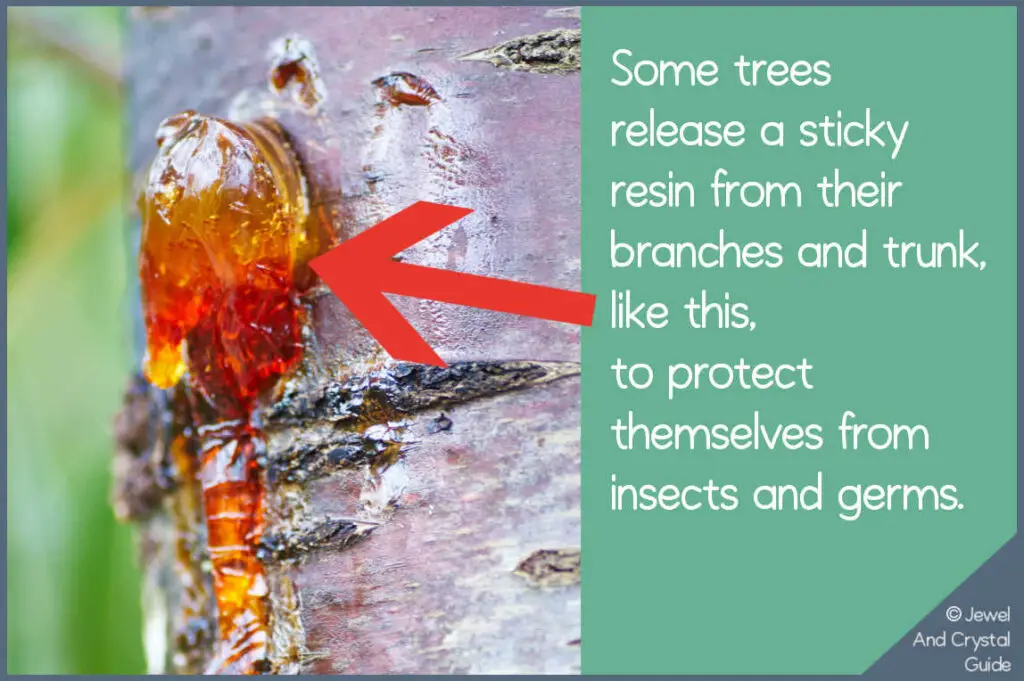
When resin drops from these trees and gets buried in the soil below, it’s often protected from the weather and erosion.
Over time, the resin gets buried deeper and deeper in the earth, where it’s put under a lot of heat and pressure, and it turns into copal. Copal is softer and more unstable than amber, and it has a distinct smell when burned.
Many people buy and burn copal as incense, like this pure copal from Indonesia.
As time passes, copal keeps changing chemically to become harder and more stable, eventually becoming amber.
It can take anywhere from tens of thousands to millions of years for resin to fully fossilize into amber, depending on the conditions in which the resin was buried.
Find out what amber can bring you if you keep it in the right place.
Why amber is not a crystal or mineral
Amber is a fossil that’s made up of carbon, hydrogen, and oxygen. But it also contains whatever elements came from the tree that made the resin, such as small amounts of sulfur or nitrogen, and other organic compounds, like terpenes and phenols.
These elements and organic compounds affect amber’s color, smell, and physical characteristics.
So why is amber not a mineral, like a crystal is?
Here are some criteria we use to identify a mineral and why amber doesn’t tick the boxes:
Minerals form in the earth, amber from living things
Amber is made by trees. Because trees are living things interacting with the world around them, this is a “biological process.”
Most minerals are made by geological processes on the Earth’s surface or interior. These processes can take millions of years and are caused by things like volcanic activity, erosion, and weathering.
For example, minerals like rose quartz and fluorite can form when lava cools and hardens under the right conditions.
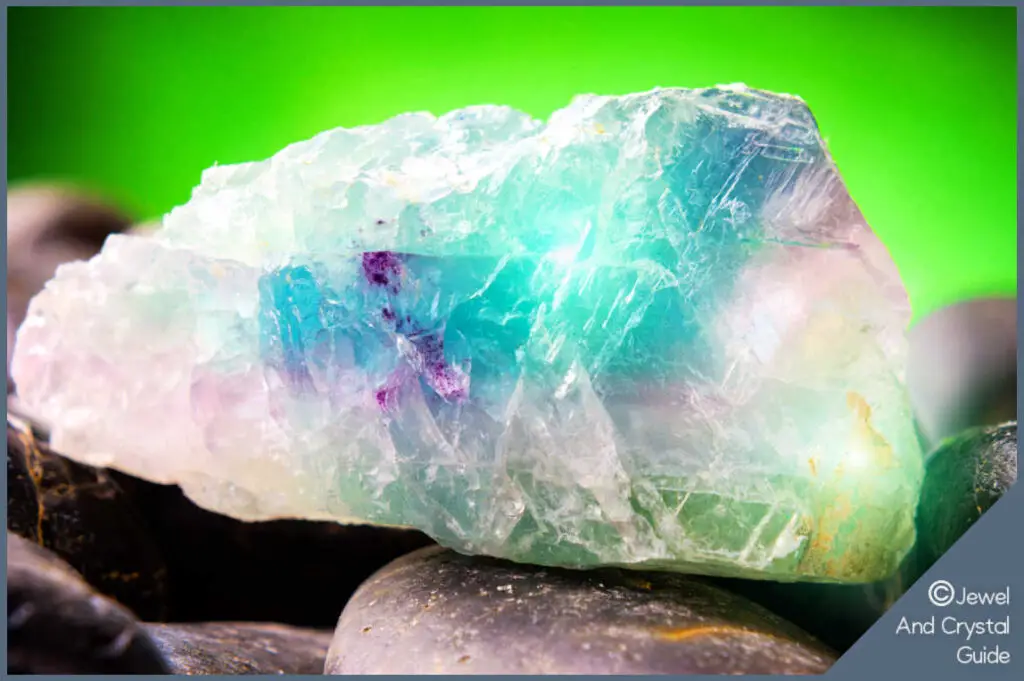
Minerals are inorganic, amber is organic
Inorganic substances are not formed by living things. Minerals like crystals are made by geological processes, so they are inorganic.
Substances that are made by living things are organic. Because amber is made by living trees, it’s an organic substance.
Minerals have a repeating structural pattern, amber doesn’t
Crystals and all other minerals have an ordered, repeating pattern in their structure called a “crystalline structure.” This is what makes minerals so beautiful and symmetrical when you look at them under a microscope.
Amber is a mix of compounds from whatever tree it came from, without any predictable internal structure. Amber is like a box of chocolates – you never know what you’re going to get.
Imagine you have some toy blocks:
If you stack the blocks in a repeating pattern, like red block, blue block, green block, red block, blue block, green block, and so on, then you have a repeating pattern, just like a crystal. When the pattern repeats in a certain way, you even know what type of mineral or crystal it is.
But if you stack the blocks randomly and haphazardly, then you have an irregular pattern like the one in amber’s structure.
Minerals are made of the same elements every time, amber is not
A mineral is made up of specific elements in exact amounts every time, and we can identify the mineral with chemical testing and write it out as a formula.
Table salt is an example of a mineral with a defined chemical composition and that has a formula: NaCl. It is made up of sodium and chlorine atoms in a 1:1 ratio, which gives it a unique chemical structure and properties.
Amber has an inconsistent chemical composition depending on the type of tree and the conditions under which the resin formed. There’s no single formula for amber.
Honey is another example of a non-mineral with a changing chemical makeup. Honey is made up of sugars, water, and other organic compounds, but the exact composition depends on the type of flowers the bees collect nectar from, the climate, and other factors.
How amber is classified
Experts often classify amber according to different criteria. This is done for many reasons, such as to identify the type of amber it is and where it came from, for research on how things have evolved over millions of years, to regulate the amber trade and conservation efforts, and to make sure it’s real amber and not a fake made by shady dealers and manufacturers.
There are many ways to classify amber, but some common categories include:
Age
Amber is typically classified as either young or old.
Young amber is less than 1 million years old and tends to be clearer and more yellow in color, while old amber is typically more than 1 million years old and is often darker and more opaque.
Source
Amber can be classified based on where it came from, such as a specific region, country, or type of tree.
Some of the most well-known sources of amber include the Baltic region of Europe, the Dominican Republic, and Myanmar, and each of these sources can produce amber with slightly different characteristics.
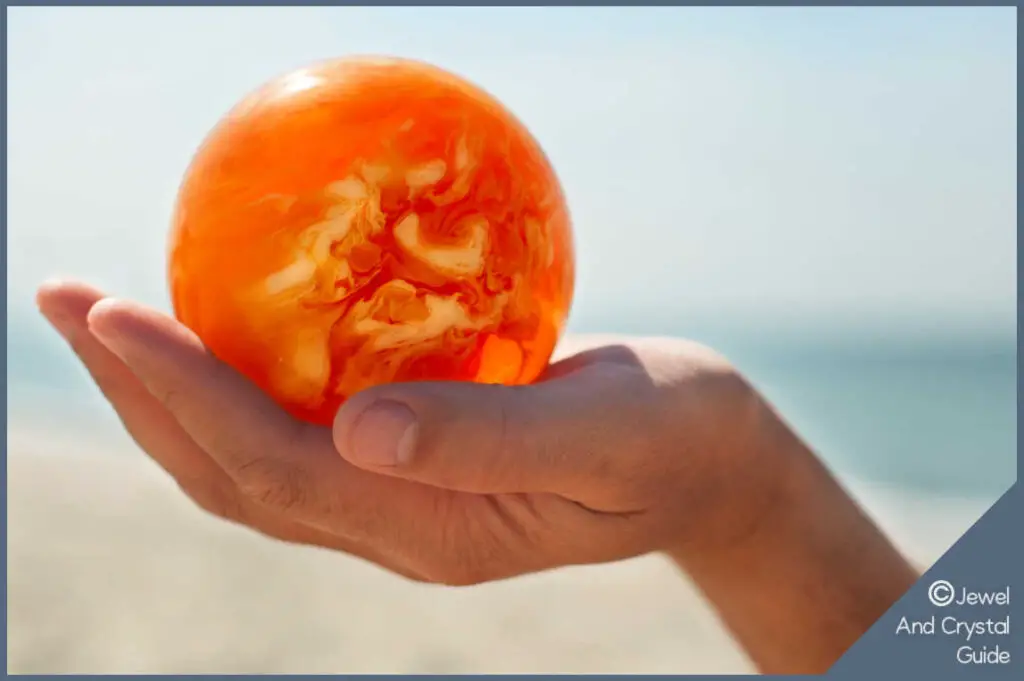
Color
Amber can be classified based on its color, which can range from pale yellow to dark brown.
Inclusions
Amber can be classified based on what is preserved inside it, such as debris, insects, plant material, or small animals.
Density
Amber can be classified based on its density, which is a measure of how heavy it is compared to its size.
Chemical composition
Amber can be classified based on its chemical composition, which depends on the type of tree that produced it and the geological conditions that it experienced.
Optical properties
Amber can be classified based on its optical properties, such as its ability to refract (bend) light or its transparency.
These properties can be used to distinguish different types of amber and to assess their quality for jewelry-making and other purposes.
Where amber is found
The exact location of amber deposits depends on the type of tree that produced the resin, as well as the geological processes that occurred over time to preserve and fossilize the resin.
Amber forms from the resin of certain types of trees, primarily coniferous trees. The most common trees that produce amber belong to the family Pinaceae, which includes species such as pines, firs, and spruces.
Other trees that can produce amber include the family Cupressaceae, which includes cedars and cypresses, as well as the family Araucariaceae, which includes the monkey puzzle tree.
However, not all species of these families produce amber.
That said, amber can be found in many parts of the world where these trees grew thousands or millions of years ago. The largest amber deposits are around the shores of the Baltic Sea in northern Europe. This region, known as the Baltic Amber Belt, includes countries such as Russia, Poland, Lithuania, and Latvia.
Amber is also found in smaller quantities in other regions, such as the Dominican Republic, Mexico, and Myanmar.
Amber with fossils
If the sticky resin from the trees trapped things in it, then these trapped items fossilized inside the resin as it turned to amber.
So amber can contain a wide range of inclusions, such as bubbles, debris, plant material, insects, or small animals.
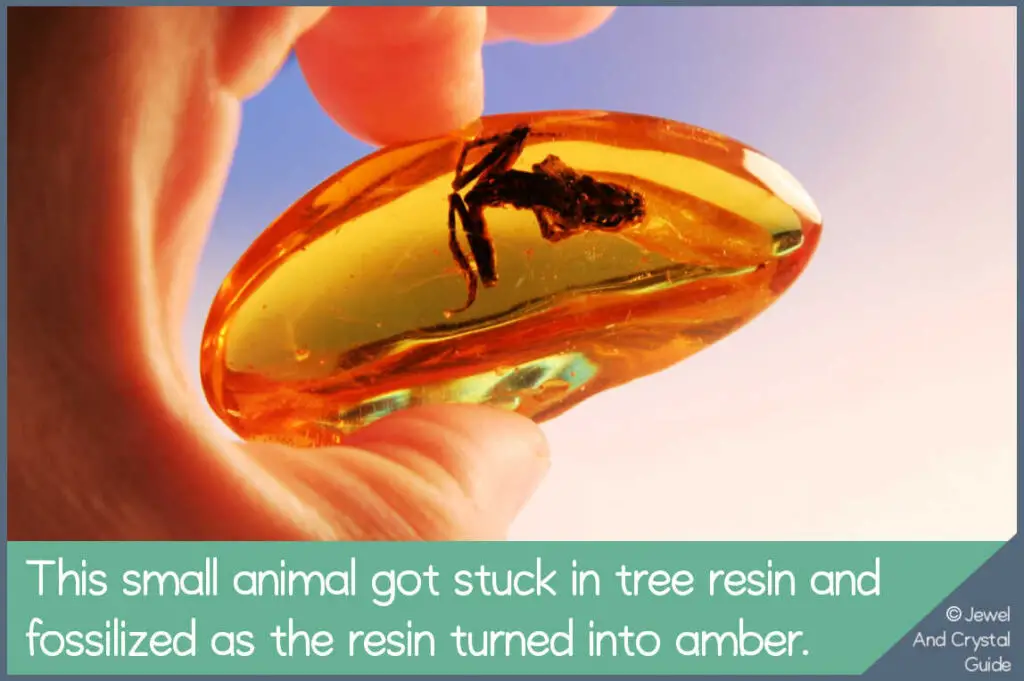
Only a small percentage of amber contains fossils because the process of fossilization requires specific conditions, such as rapid burial and mineralization.
Nevertheless, even small amounts of fossilized material in amber provide valuable insights into ancient ecosystems and the evolution of life on Earth.
Here’s my full guide to amber, where you’ll learn everything you need to know.






